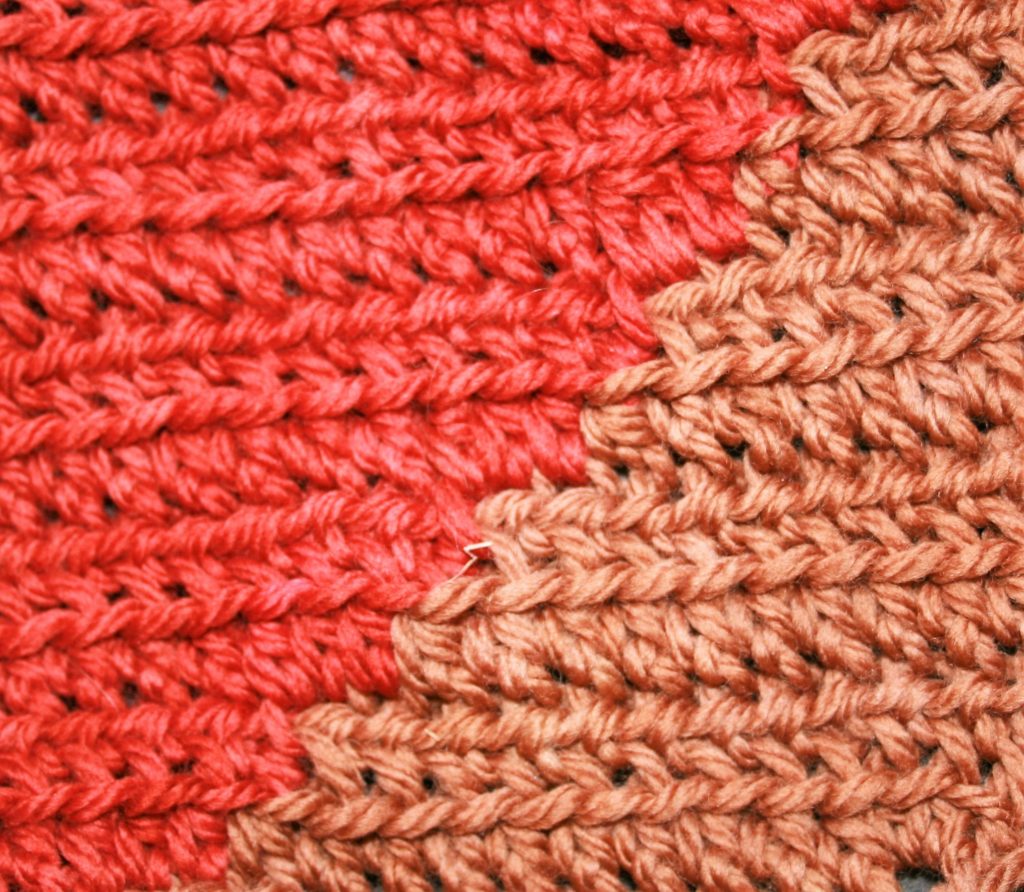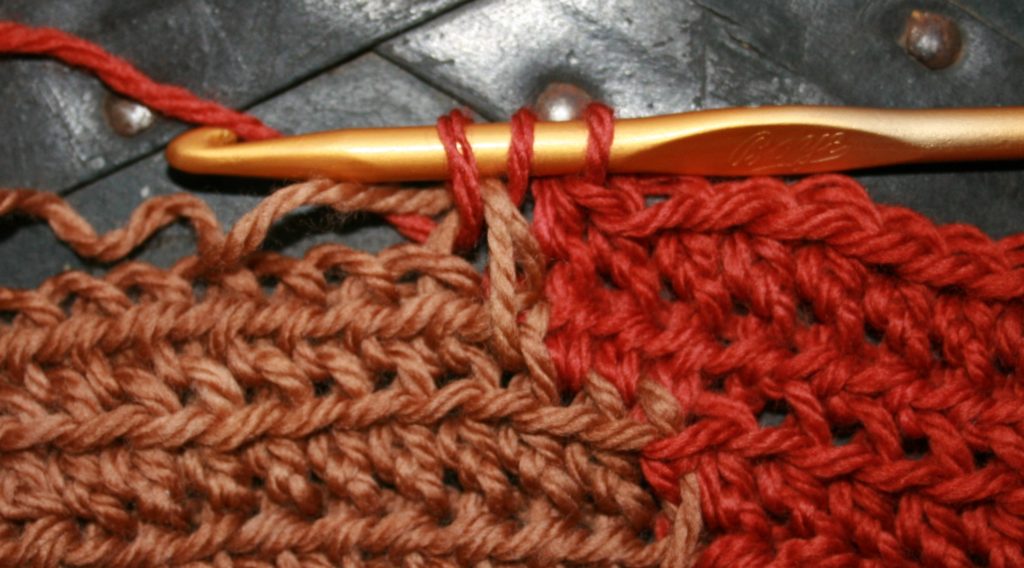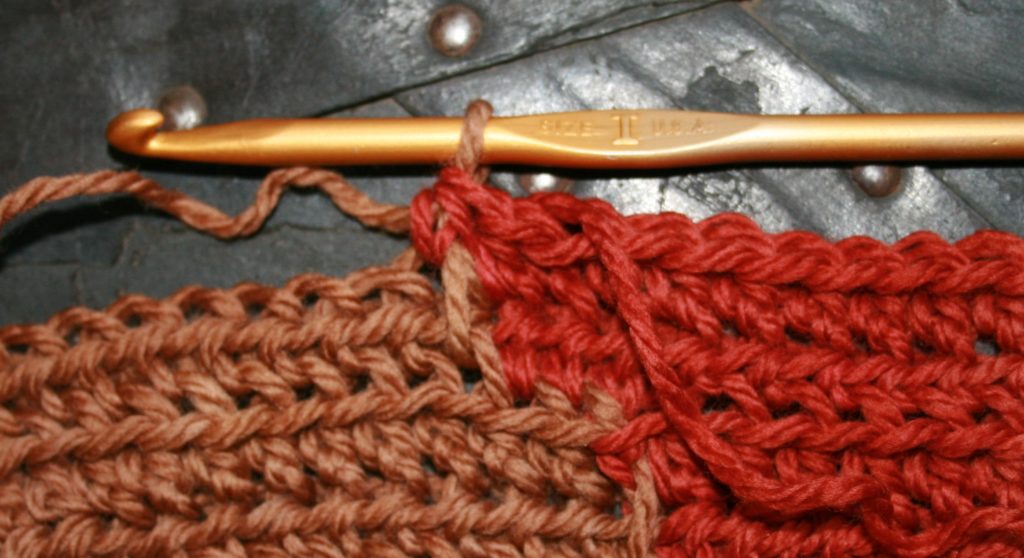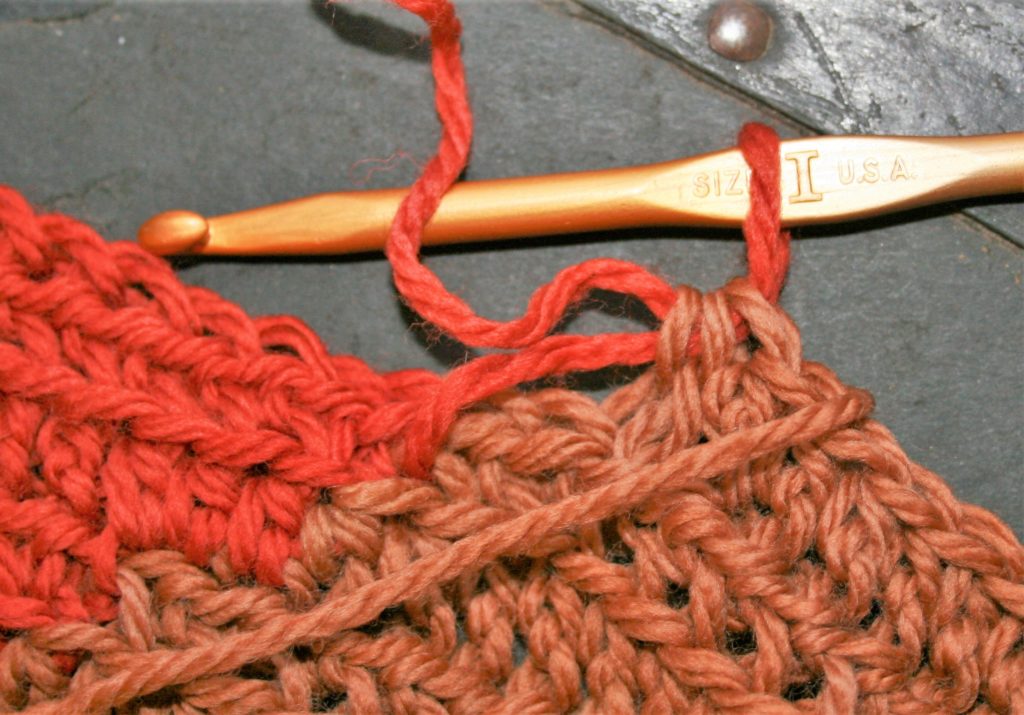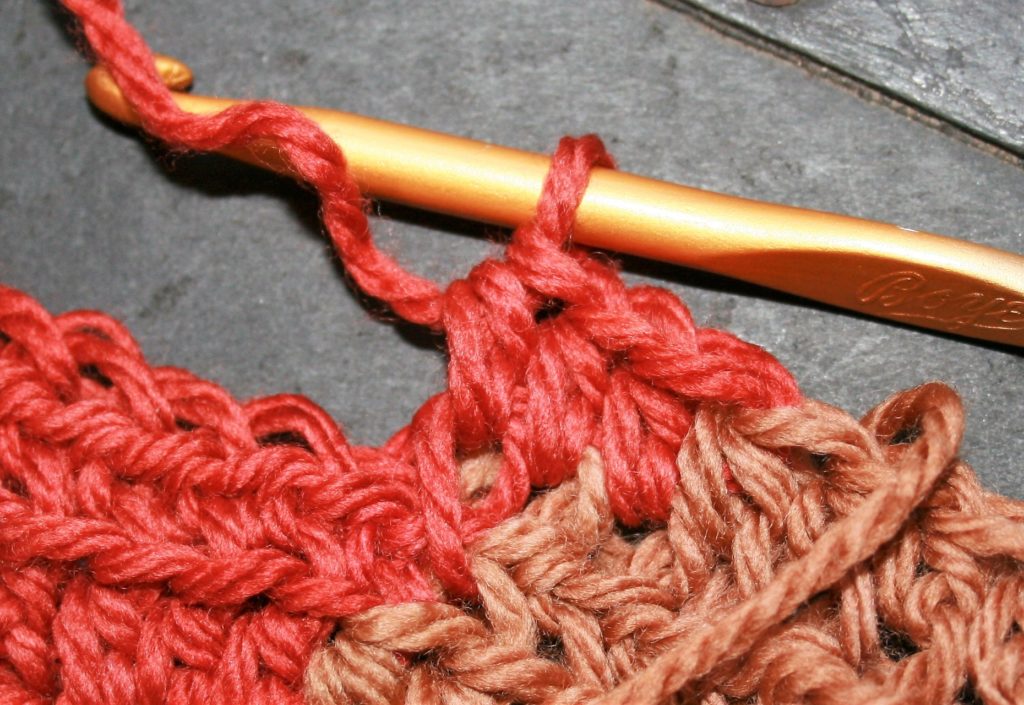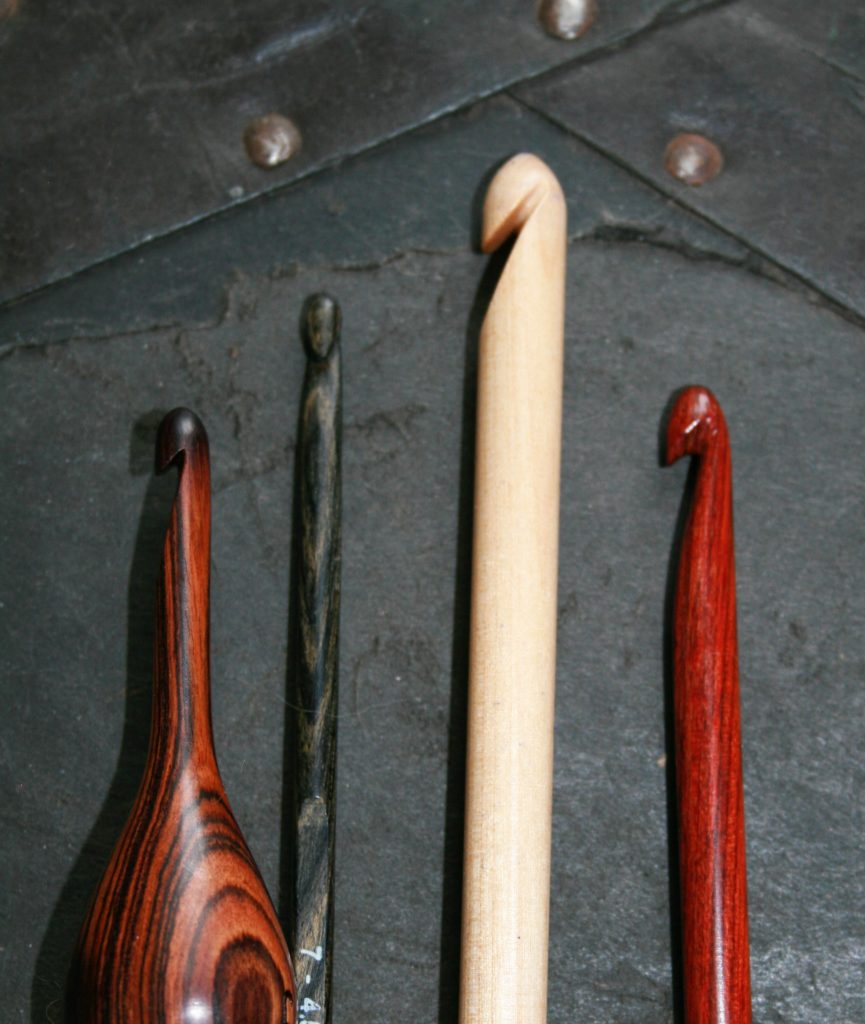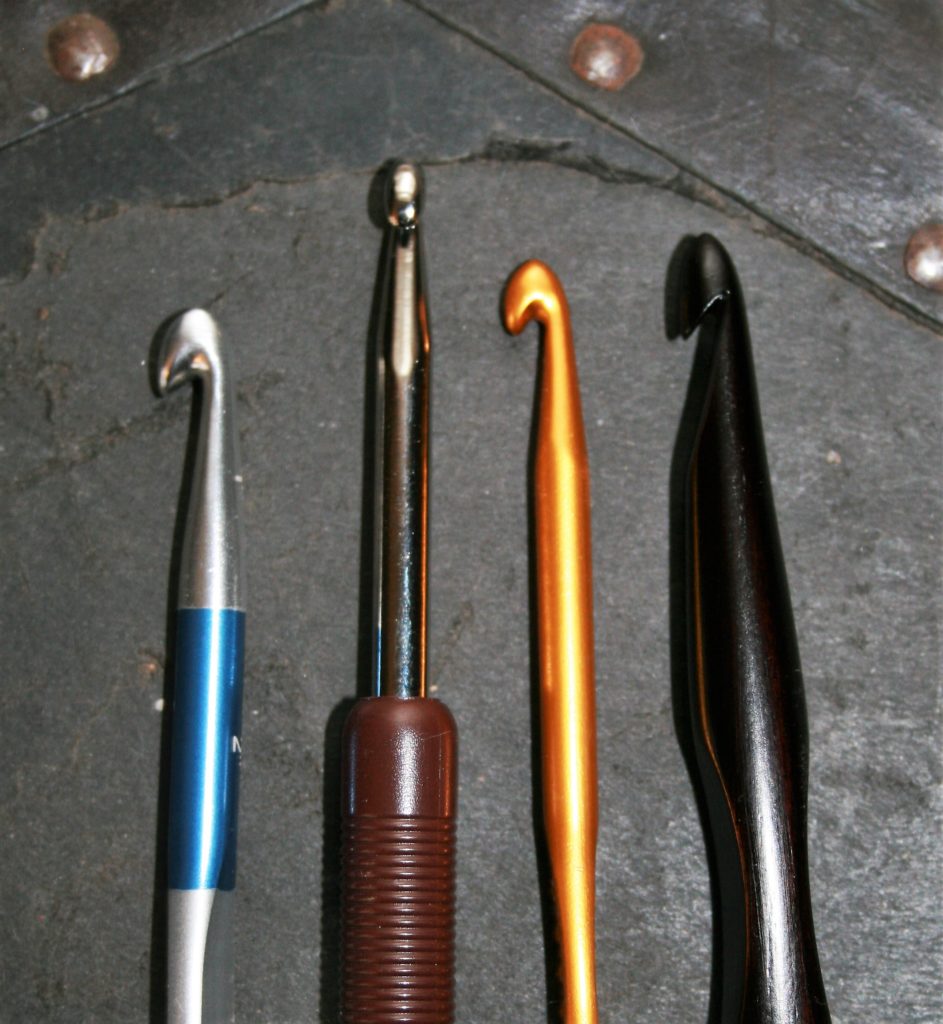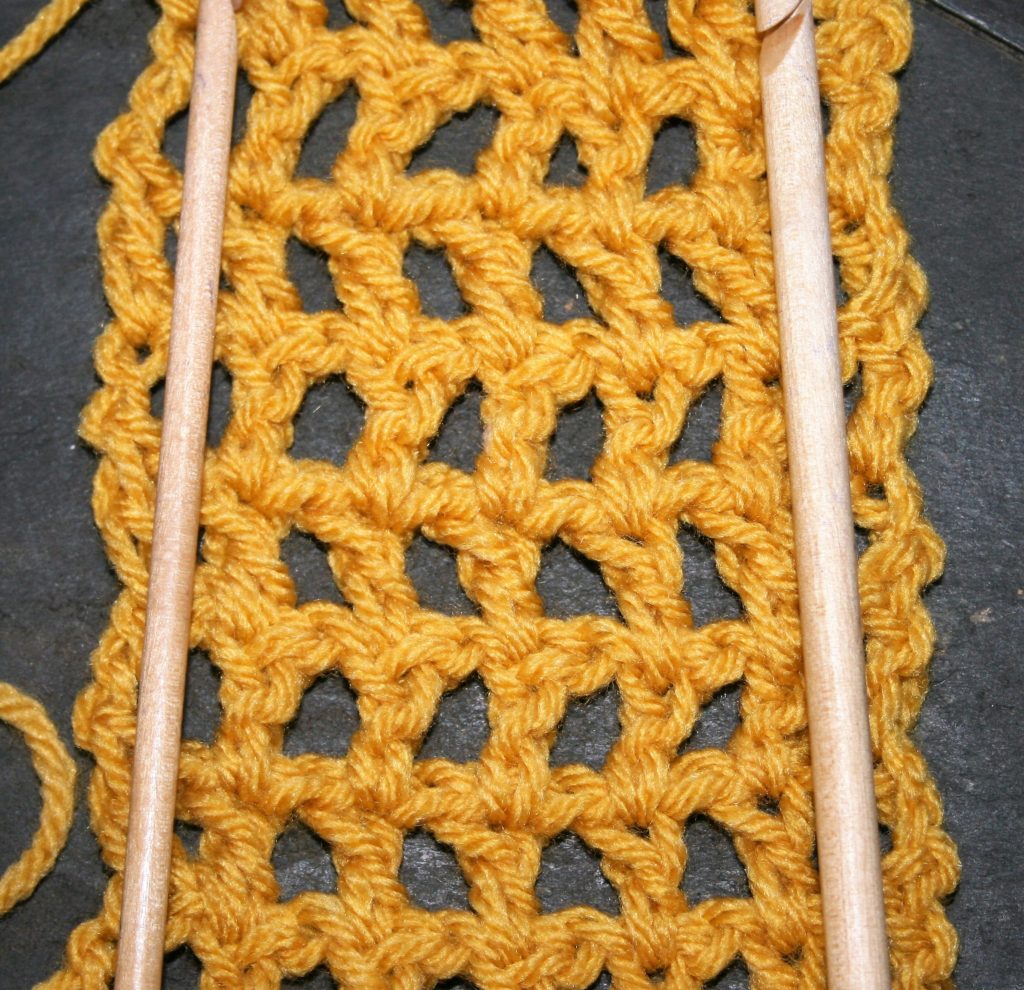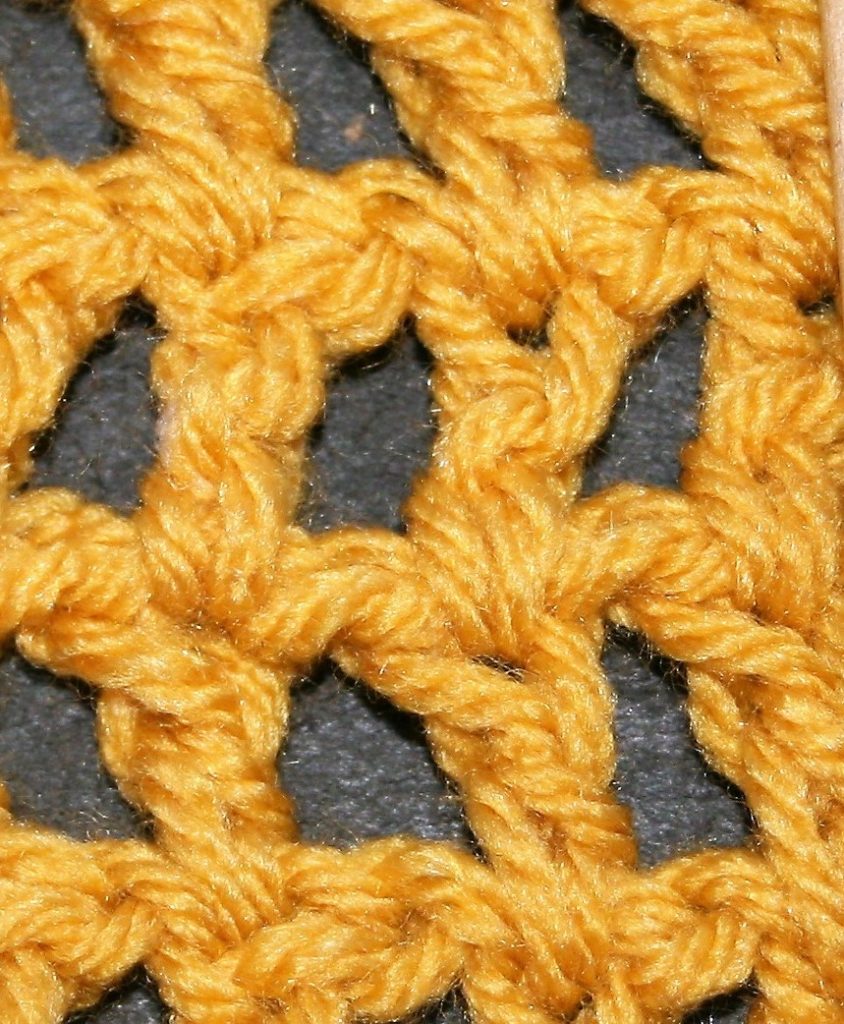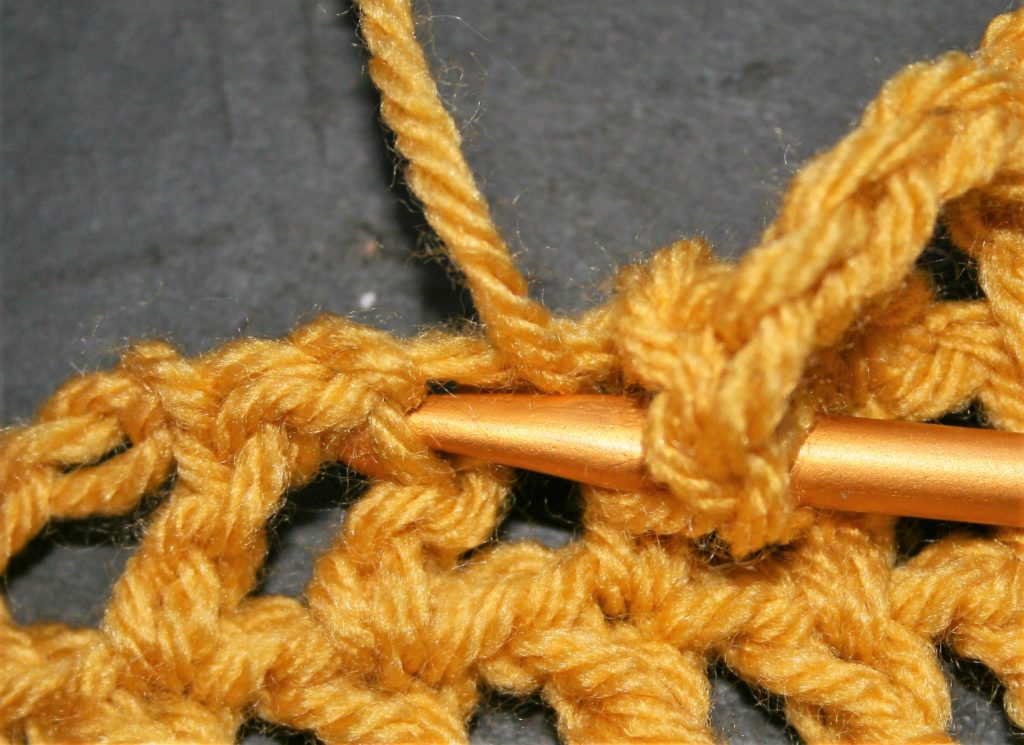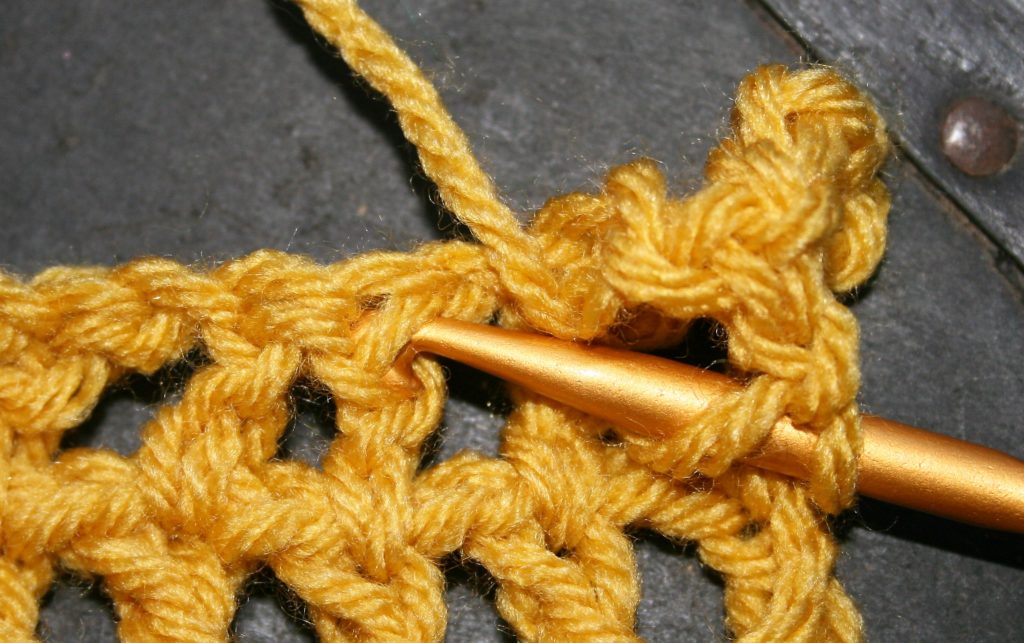Usually crochet becomes a bit of my refuge from doing the dishes and cleaning the floor. However, with spring in the air I do get the urge to actually clean out some clutter and have a fresh home. I use crochet to help me to do this.
This spring, crochet is my carrot.
I know myself well enough to know that this desire to clean those dust bunnies from under the sofa will be short lived. I really only spurs during the seasonal changes of spring and fall, and have a very limited number of hours that I will be in this mood. This year I decided to nurture it a bit.
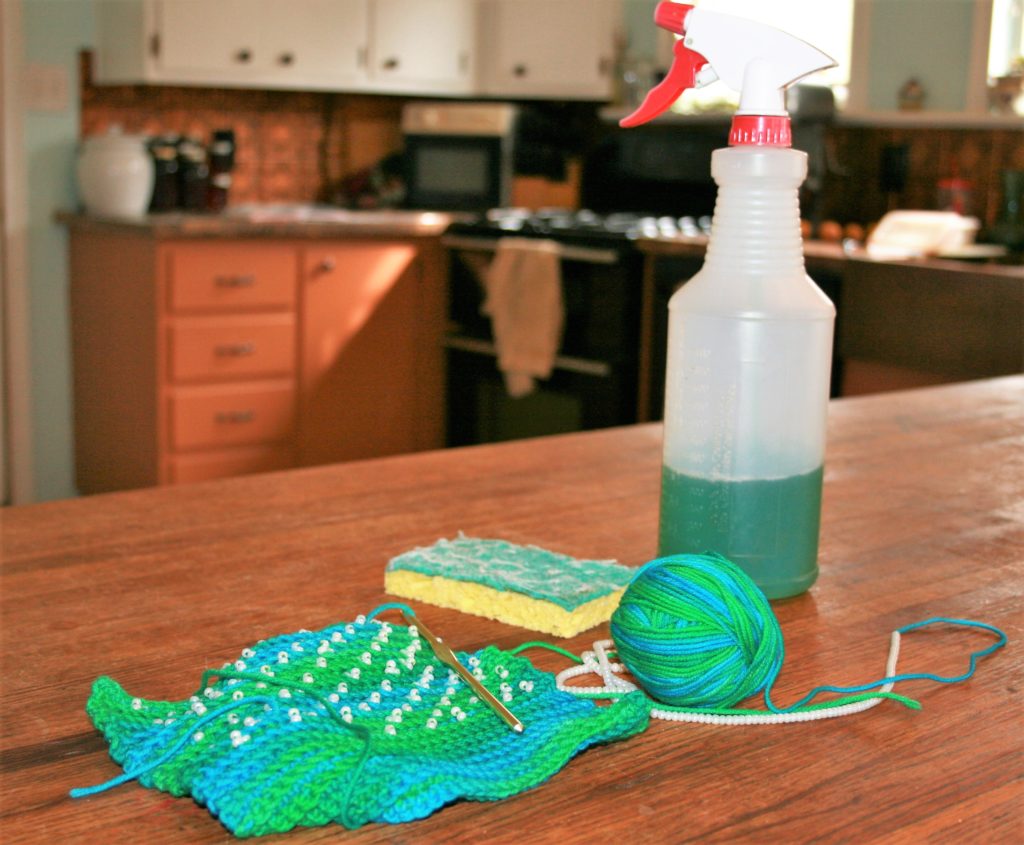
I allow myself a set number of pattern row repeats on the project I am working on, then I can clean a shelf in the refrigerator. Once the shelf is clean I can return to another pattern row repeat of my project.
I really have found this to be productive, even if the back and forth nature seems a bit counterintuitive. While I am working my pattern repeats I am mentally planning my attack on my next small cleaning projects so that things go smoothly. In addition I do not get burnt out as fast in my cleaning undertaking.
If it were not for my carrot of getting to crochet after I finish a small cleaning, I am not sure if I would be as productive. In the past I would start in a corner to clean, give it my all and go full throttle into the project, I would have everything torn apart to give a through deep clean….then as everything needs to get put back into place I would lose all desire and energy, and if things went well everything would end up tossed in the corner again and I would pass out on the couch. At least in this small step approach I find that the entire small project gets completed. Not to mention I am actually still making headway on my crochet.

